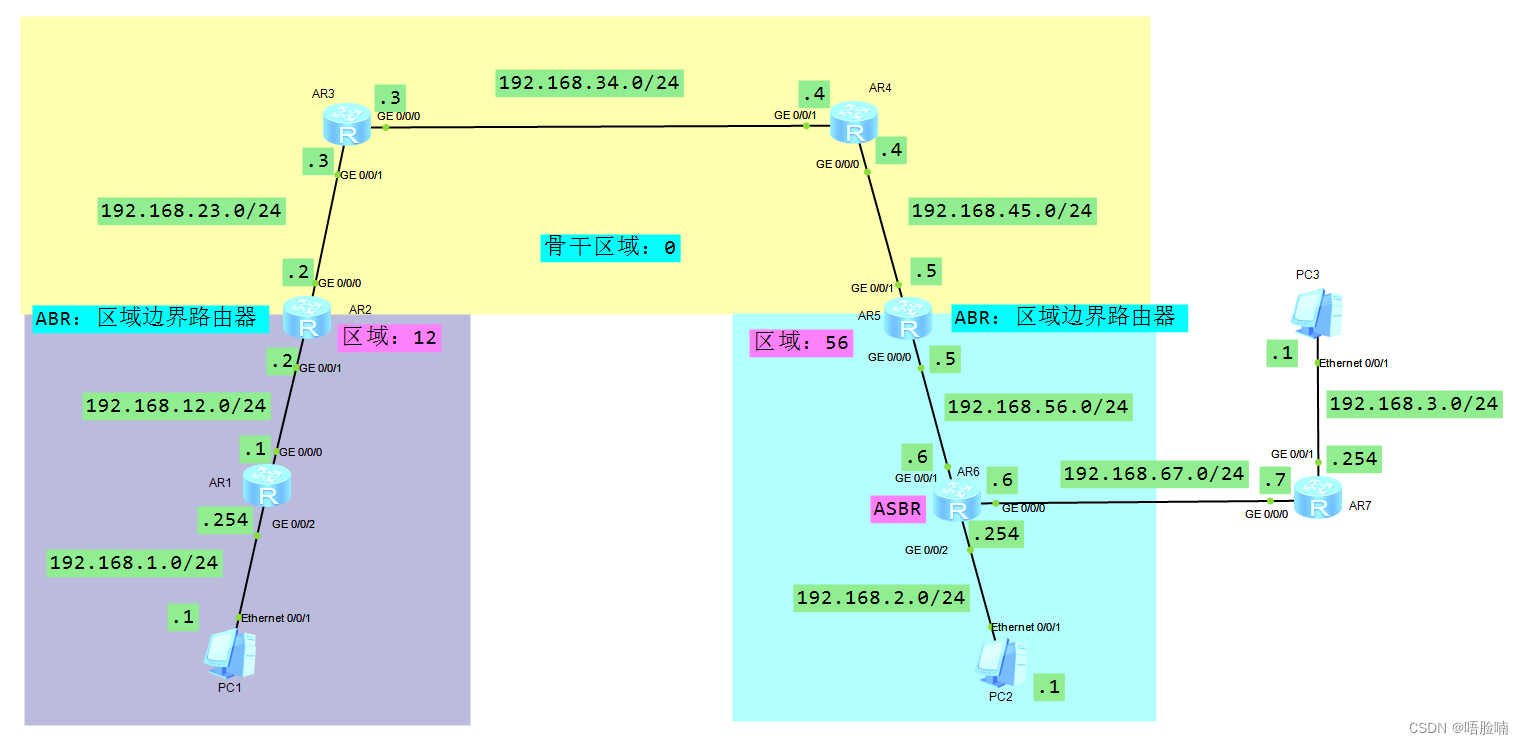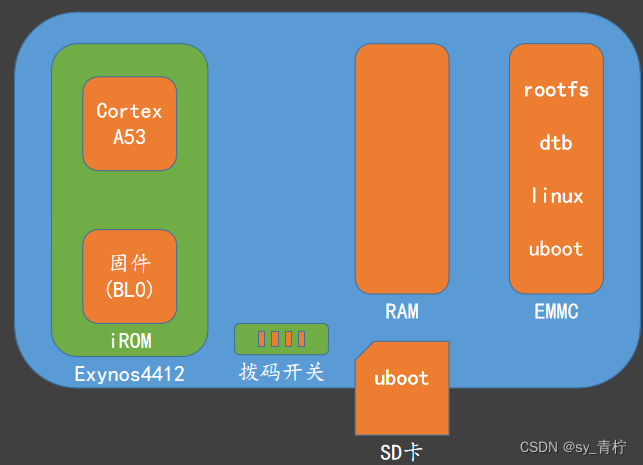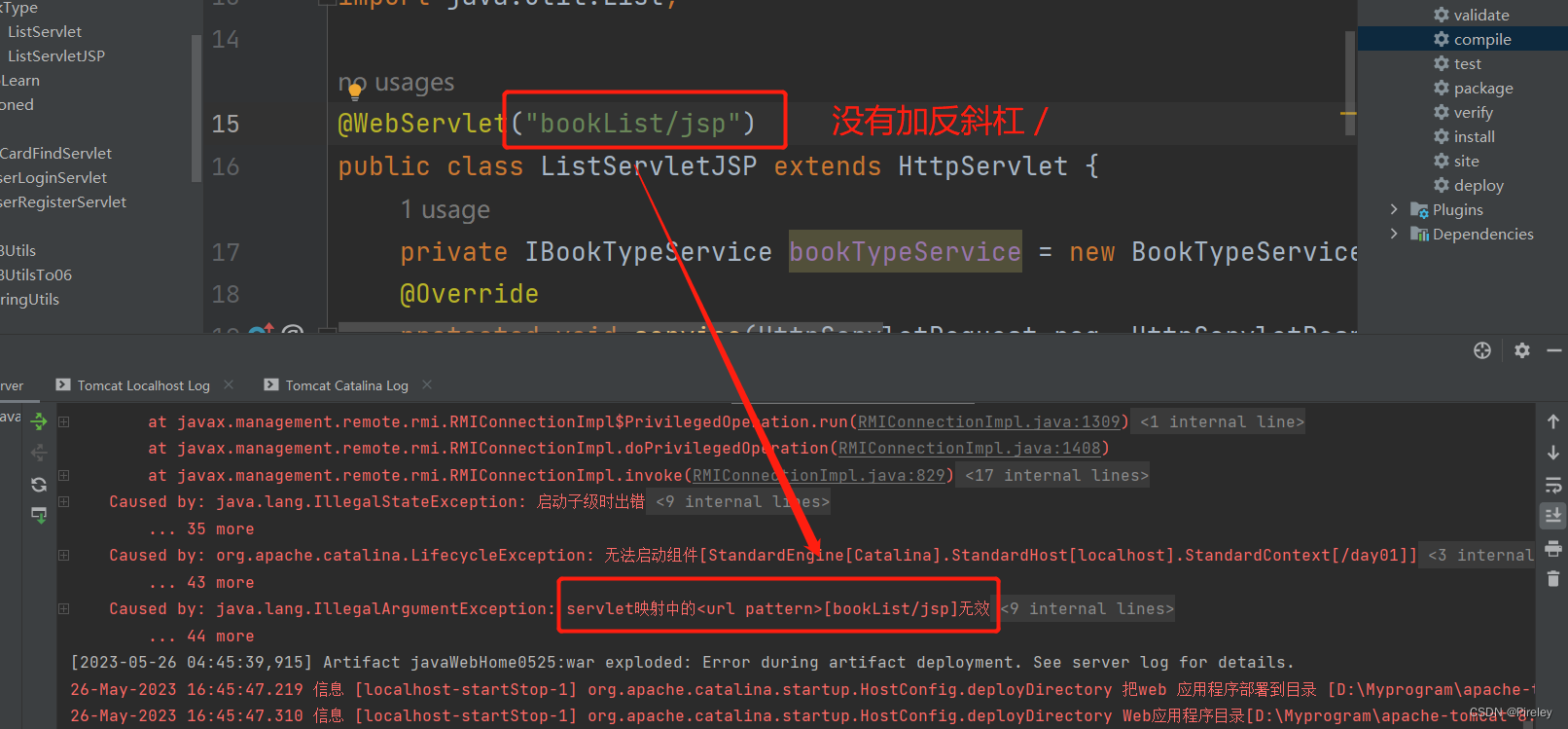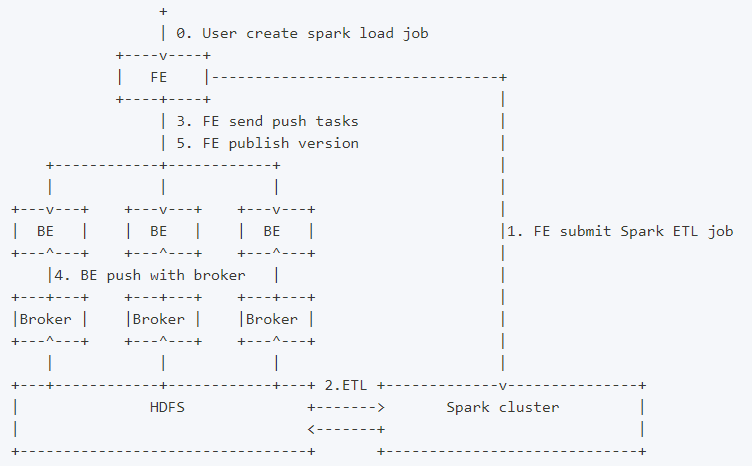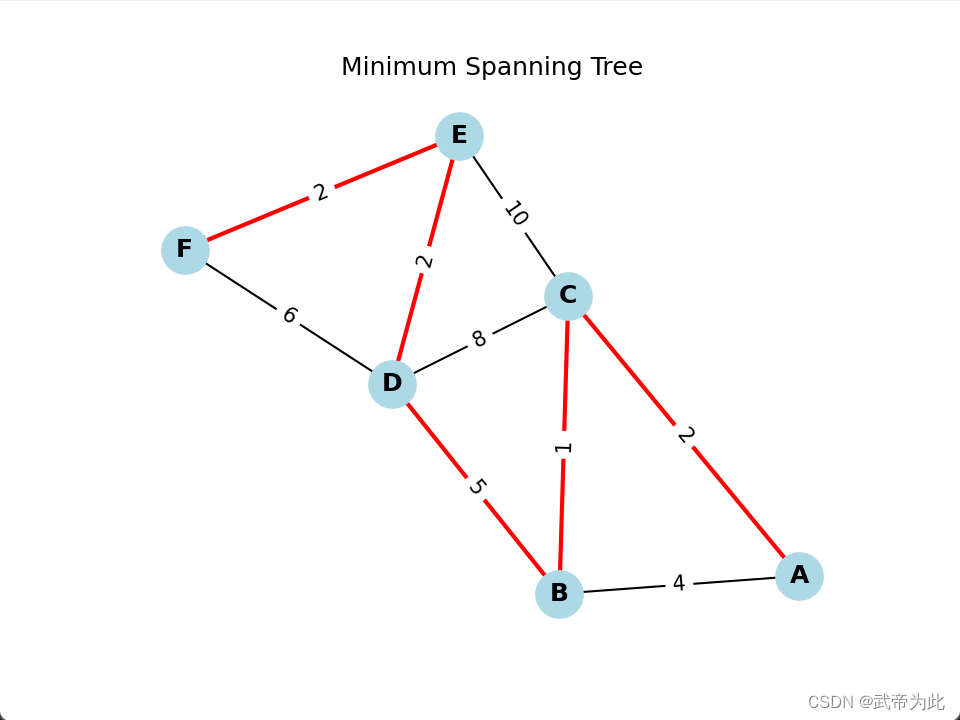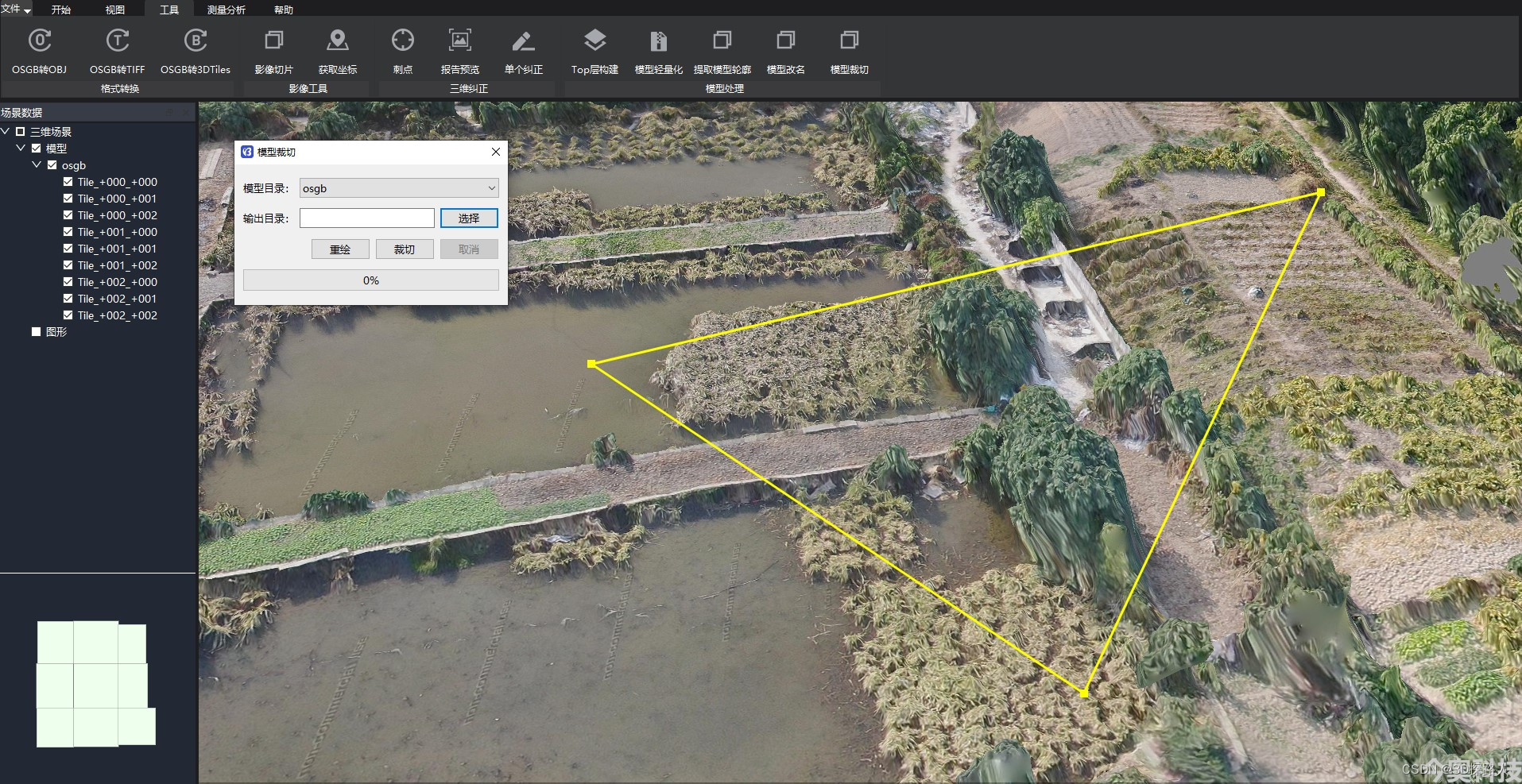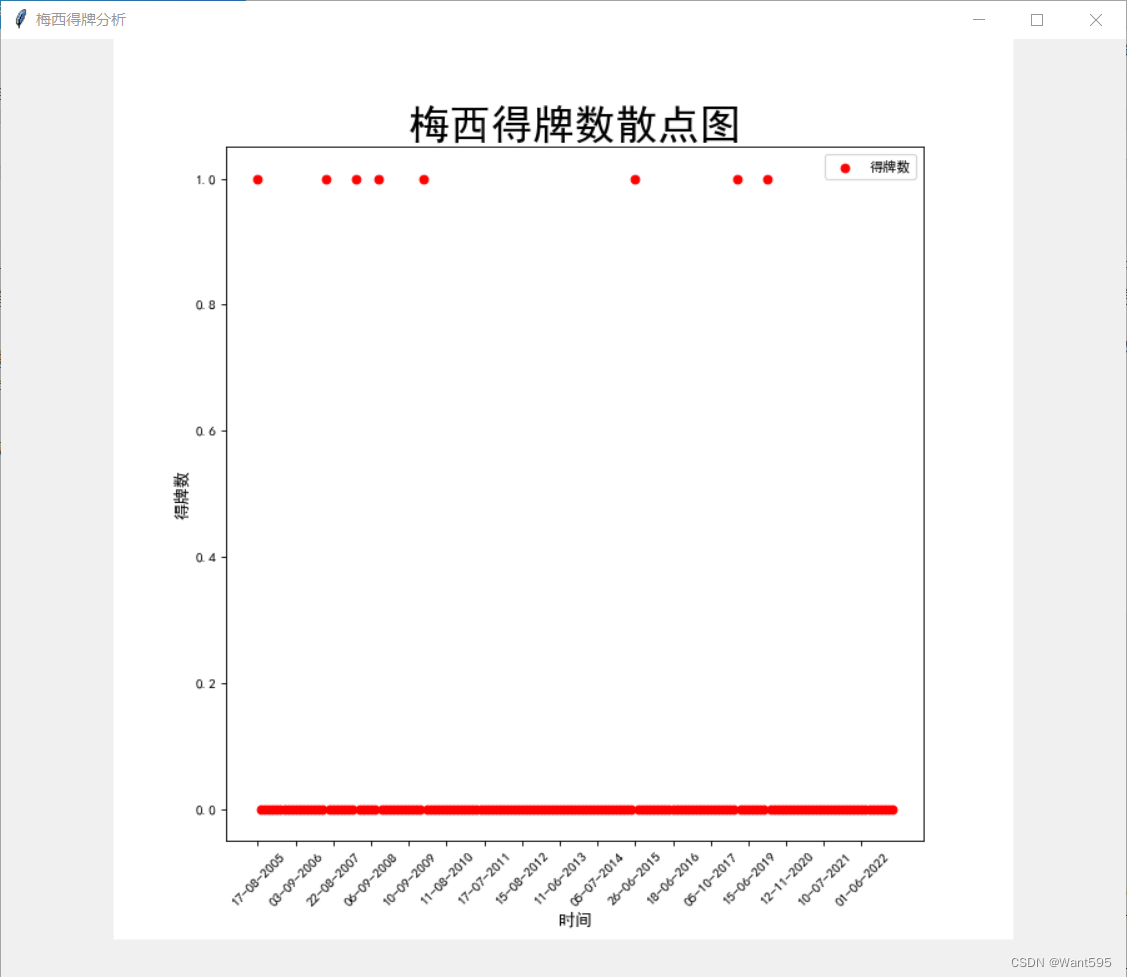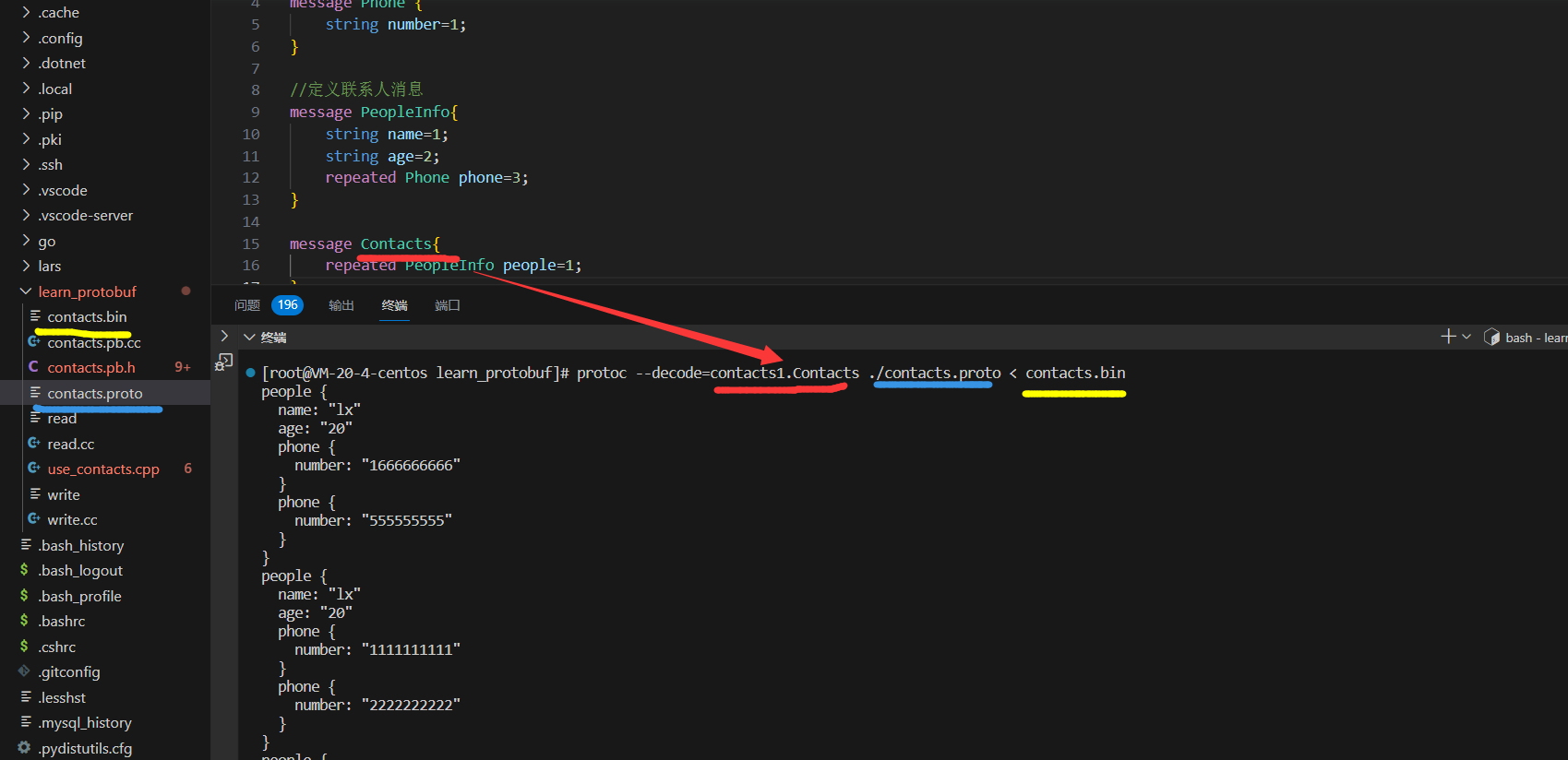介绍
Throwable类是Java语言中所有错误(errors)和异常(exceptions)的父类,直接子类为 Error 和 Exception。只有继承于Throwable的类或子类才能被抛出,还有一种是Java中的@throw注解类也可以抛出。
public class Throwable implements Serializable
![[外链图片转存失败,源站可能有防盗链机制,建议将图片保存下来直接上传(img-2F1SD8CZ-1685659816058)(null)]](https://img-blog.csdnimg.cn/c8fe494e175643c6afdd59d68496446d.png)
常量&变量
/** use serialVersionUID from JDK 1.0.2 for interoperability */
//序列化版本号
private static final long serialVersionUID = -3042686055658047285L;
/**
* Native code saves some indication of the stack backtrace in this slot.
* 保存栈信息的轨迹
*/
private transient Object backtrace;
/**
* Specific details about the Throwable. For example, for
* {@code FileNotFoundException}, this contains the name of
* the file that could not be found.
*
* @serial
* 存储异常的简要说明,可以通过e.getMessage()获得。
*/
private String detailMessage;
/**
* A shared value for an empty stack.
* stackTrace的初始值 空数组
*/
private static final StackTraceElement[] UNASSIGNED_STACK = new StackTraceElement[0];
/*
* To allow Throwable objects to be made immutable and safely
* reused by the JVM, such as OutOfMemoryErrors, fields of
* Throwable that are writable in response to user actions, cause,
* stackTrace, and suppressedExceptions obey the following
* protocol:
*
* 1) The fields are initialized to a non-null sentinel value
* which indicates the value has logically not been set.
*
* 2) Writing a null to the field indicates further writes
* are forbidden
*
* 3) The sentinel value may be replaced with another non-null
* value.
*
* For example, implementations of the HotSpot JVM have
* preallocated OutOfMemoryError objects to provide for better
* diagnosability of that situation. These objects are created
* without calling the constructor for that class and the fields
* in question are initialized to null. To support this
* capability, any new fields added to Throwable that require
* being initialized to a non-null value require a coordinated JVM
* change.
*/
/**
* The throwable that caused this throwable to get thrown, or null if this
* throwable was not caused by another throwable, or if the causative
* throwable is unknown. If this field is equal to this throwable itself,
* it indicates that the cause of this throwable has not yet been
* initialized.
*
* @serial
* @since 1.4
* 表示产生当前异常的根本原因。可以使用构造方法,或者initCause方法进行设置。
*/
private Throwable cause = this;
/**
* The stack trace, as returned by {@link #getStackTrace()}.
*
* The field is initialized to a zero-length array. A {@code
* null} value of this field indicates subsequent calls to {@link
* #setStackTrace(StackTraceElement[])} and {@link
* #fillInStackTrace()} will be be no-ops.
*
* @serial
* @since 1.4
* 存储异常栈信息
* 代码的行号会在源码编译时一起编译到字节码中。
* 在运行发生异常时,方法调用栈会写到stackTrace字段中。
* 栈的顶端是异常发生的位置,即throw的位置;栈的底端是线程开始的位置。
* 我们可以通过e.printStackTrace、e.getStackTrace等方法查看异常栈,来分析程序出错的位置在源码中的位置。
*/
private StackTraceElement[] stackTrace = UNASSIGNED_STACK;
// Setting this static field introduces an acceptable
// initialization dependency on a few java.util classes.
//特殊量(sentinel)来表示特定的状态。比如,stackTrace为UNASSIGNED_STACK代表初始值,为null代表不可访问。
private static final List<Throwable> SUPPRESSED_SENTINEL =
Collections.unmodifiableList(new ArrayList<Throwable>(0));
/**
* The list of suppressed exceptions, as returned by {@link
* #getSuppressed()}. The list is initialized to a zero-element
* unmodifiable sentinel list. When a serialized Throwable is
* read in, if the {@code suppressedExceptions} field points to a
* zero-element list, the field is reset to the sentinel value.
*
* @serial
* @since 1.7
* 用来存储其他的不是强关联的异常,防止异常的丢失。
*/
private List<Throwable> suppressedExceptions = SUPPRESSED_SENTINEL;
/** Message for trying to suppress a null exception. */
//空异常
private static final String NULL_CAUSE_MESSAGE = "Cannot suppress a null exception.";
/** Message for trying to suppress oneself. */
private static final String SELF_SUPPRESSION_MESSAGE = "Self-suppression not permitted";
/** Caption for labeling causative exception stack traces */
private static final String CAUSE_CAPTION = "Caused by: ";
/** Caption for labeling suppressed exception stack traces */
private static final String SUPPRESSED_CAPTION = "Suppressed: ";
//空的异常数组
private static final Throwable[] EMPTY_THROWABLE_ARRAY = new Throwable[0];
构造方法
/**
* Constructs a new throwable with {@code null} as its detail message.
* The cause is not initialized, and may subsequently be initialized by a
* call to {@link #initCause}.
*
* <p>The {@link #fillInStackTrace()} method is called to initialize
* the stack trace data in the newly created throwable.
* 构造一个新的可抛出的null作为其详细信息。 原因未初始化,可以随后通过调用initCause(java.lang.Throwable)进行初始化 。
*/
public Throwable() {
fillInStackTrace();
}
/**
* Constructs a new throwable with the specified detail message. The
* cause is not initialized, and may subsequently be initialized by
* a call to {@link #initCause}.
*
* <p>The {@link #fillInStackTrace()} method is called to initialize
* the stack trace data in the newly created throwable.
*
* @param message the detail message. The detail message is saved for
* later retrieval by the {@link #getMessage()} method.
* 构造一个具有指定的详细信息的新的throwable。 原因未初始化,可以随后通过调用initCause(java.lang.Throwable)进行初始化 。
*/
public Throwable(String message) {
fillInStackTrace();
detailMessage = message;
}
/**
* Constructs a new throwable with the specified detail message and
* cause. <p>Note that the detail message associated with
* {@code cause} is <i>not</i> automatically incorporated in
* this throwable's detail message.
*
* <p>The {@link #fillInStackTrace()} method is called to initialize
* the stack trace data in the newly created throwable.
*
* @param message the detail message (which is saved for later retrieval
* by the {@link #getMessage()} method).
* @param cause the cause (which is saved for later retrieval by the
* {@link #getCause()} method). (A {@code null} value is
* permitted, and indicates that the cause is nonexistent or
* unknown.)
* @since 1.4
* 构造一个具有指定的详细信息和原因的新的throwable。
*/
public Throwable(String message, Throwable cause) {
//填充堆栈信息
fillInStackTrace();
detailMessage = message;
this.cause = cause;
}
/**
* Constructs a new throwable with the specified cause and a detail
* message of {@code (cause==null ? null : cause.toString())} (which
* typically contains the class and detail message of {@code cause}).
* This constructor is useful for throwables that are little more than
* wrappers for other throwables (for example, {@link
* java.security.PrivilegedActionException}).
*
* <p>The {@link #fillInStackTrace()} method is called to initialize
* the stack trace data in the newly created throwable.
*
* @param cause the cause (which is saved for later retrieval by the
* {@link #getCause()} method). (A {@code null} value is
* permitted, and indicates that the cause is nonexistent or
* unknown.)
* @since 1.4
* 构造具有指定的原因和详细消息的新throwable
*/
public Throwable(Throwable cause) {
fillInStackTrace();
//cause允许为空值,表示原因不存在或未知。
detailMessage = (cause==null ? null : cause.toString());
this.cause = cause;
}
/**
* Constructs a new throwable with the specified detail message,
* cause, {@linkplain #addSuppressed suppression} enabled or
* disabled, and writable stack trace enabled or disabled. If
* suppression is disabled, {@link #getSuppressed} for this object
* will return a zero-length array and calls to {@link
* #addSuppressed} that would otherwise append an exception to the
* suppressed list will have no effect. If the writable stack
* trace is false, this constructor will not call {@link
* #fillInStackTrace()}, a {@code null} will be written to the
* {@code stackTrace} field, and subsequent calls to {@code
* fillInStackTrace} and {@link
* #setStackTrace(StackTraceElement[])} will not set the stack
* trace. If the writable stack trace is false, {@link
* #getStackTrace} will return a zero length array.
*
* <p>Note that the other constructors of {@code Throwable} treat
* suppression as being enabled and the stack trace as being
* writable. Subclasses of {@code Throwable} should document any
* conditions under which suppression is disabled and document
* conditions under which the stack trace is not writable.
* Disabling of suppression should only occur in exceptional
* circumstances where special requirements exist, such as a
* virtual machine reusing exception objects under low-memory
* situations. Circumstances where a given exception object is
* repeatedly caught and rethrown, such as to implement control
* flow between two sub-systems, is another situation where
* immutable throwable objects would be appropriate.
*
* @param message the detail message.
* @param cause the cause. (A {@code null} value is permitted,
* and indicates that the cause is nonexistent or unknown.)
* @param enableSuppression whether or not suppression is enabled or disabled
* @param writableStackTrace whether or not the stack trace should be
* writable
*
* @see OutOfMemoryError
* @see NullPointerException
* @see ArithmeticException
* @since 1.7
* 构造一个具有指定原因和详细信息的新的throwable,启用或禁用suppression和启用或禁用可写栈跟踪。
* 禁用Suppression只应在特殊情况下存在特殊要求,例如虚拟机在低内存情况下重用异常对象。 给定异常对象被重复捕获并重新引导的情况,例如在两个子系统之间实现控制流的情况是另一种情况,即不可变的可抛出对象是合适的。
*/
protected Throwable(String message, Throwable cause,
boolean enableSuppression,
boolean writableStackTrace) {
if (writableStackTrace) {
//初始化堆栈跟踪数据
fillInStackTrace();
} else {
//禁用写入堆栈跟踪数据
stackTrace = null;
}
detailMessage = message;
this.cause = cause;
if (!enableSuppression)
//禁用Suppression
suppressedExceptions = null;
}
常用方法
fillInStackTrace
初始化新创建的throwable中的堆栈跟踪数据
/**
* Fills in the execution stack trace. This method records within this
* {@code Throwable} object information about the current state of
* the stack frames for the current thread.
*
* <p>If the stack trace of this {@code Throwable} {@linkplain
* Throwable#Throwable(String, Throwable, boolean, boolean) is not
* writable}, calling this method has no effect.
*
* @return a reference to this {@code Throwable} instance.
* @see java.lang.Throwable#printStackTrace()
* 初始化新创建的throwable中的堆栈跟踪数据
*/
public synchronized Throwable fillInStackTrace() {
//判断stackTrace、backtrace是否为null
if (stackTrace != null ||
backtrace != null /* Out of protocol state */ ) {
//将当前线程的栈帧信息记录到此Throwable中
fillInStackTrace(0);
stackTrace = UNASSIGNED_STACK;
}
return this;
}
//native
private native Throwable fillInStackTrace(int dummy);
printStackTrace()
将异常栈信息打印到标准错误流中
/**
* Prints this throwable and its backtrace to the
* standard error stream. This method prints a stack trace for this
* {@code Throwable} object on the error output stream that is
* the value of the field {@code System.err}. The first line of
* output contains the result of the {@link #toString()} method for
* this object. Remaining lines represent data previously recorded by
* the method {@link #fillInStackTrace()}. The format of this
* information depends on the implementation, but the following
* example may be regarded as typical:
* <blockquote><pre>
* java.lang.NullPointerException
* at MyClass.mash(MyClass.java:9)
* at MyClass.crunch(MyClass.java:6)
* at MyClass.main(MyClass.java:3)
* </pre></blockquote>
* This example was produced by running the program:
* <pre>
* class MyClass {
* public static void main(String[] args) {
* crunch(null);
* }
* static void crunch(int[] a) {
* mash(a);
* }
* static void mash(int[] b) {
* System.out.println(b[0]);
* }
* }
* </pre>
* The backtrace for a throwable with an initialized, non-null cause
* should generally include the backtrace for the cause. The format
* of this information depends on the implementation, but the following
* example may be regarded as typical:
* <pre>
* HighLevelException: MidLevelException: LowLevelException
* at Junk.a(Junk.java:13)
* at Junk.main(Junk.java:4)
* Caused by: MidLevelException: LowLevelException
* at Junk.c(Junk.java:23)
* at Junk.b(Junk.java:17)
* at Junk.a(Junk.java:11)
* ... 1 more
* Caused by: LowLevelException
* at Junk.e(Junk.java:30)
* at Junk.d(Junk.java:27)
* at Junk.c(Junk.java:21)
* ... 3 more
* </pre>
* Note the presence of lines containing the characters {@code "..."}.
* These lines indicate that the remainder of the stack trace for this
* exception matches the indicated number of frames from the bottom of the
* stack trace of the exception that was caused by this exception (the
* "enclosing" exception). This shorthand can greatly reduce the length
* of the output in the common case where a wrapped exception is thrown
* from same method as the "causative exception" is caught. The above
* example was produced by running the program:
* <pre>
* public class Junk {
* public static void main(String args[]) {
* try {
* a();
* } catch(HighLevelException e) {
* e.printStackTrace();
* }
* }
* static void a() throws HighLevelException {
* try {
* b();
* } catch(MidLevelException e) {
* throw new HighLevelException(e);
* }
* }
* static void b() throws MidLevelException {
* c();
* }
* static void c() throws MidLevelException {
* try {
* d();
* } catch(LowLevelException e) {
* throw new MidLevelException(e);
* }
* }
* static void d() throws LowLevelException {
* e();
* }
* static void e() throws LowLevelException {
* throw new LowLevelException();
* }
* }
*
* class HighLevelException extends Exception {
* HighLevelException(Throwable cause) { super(cause); }
* }
*
* class MidLevelException extends Exception {
* MidLevelException(Throwable cause) { super(cause); }
* }
*
* class LowLevelException extends Exception {
* }
* </pre>
* As of release 7, the platform supports the notion of
* <i>suppressed exceptions</i> (in conjunction with the {@code
* try}-with-resources statement). Any exceptions that were
* suppressed in order to deliver an exception are printed out
* beneath the stack trace. The format of this information
* depends on the implementation, but the following example may be
* regarded as typical:
*
* <pre>
* Exception in thread "main" java.lang.Exception: Something happened
* at Foo.bar(Foo.java:10)
* at Foo.main(Foo.java:5)
* Suppressed: Resource$CloseFailException: Resource ID = 0
* at Resource.close(Resource.java:26)
* at Foo.bar(Foo.java:9)
* ... 1 more
* </pre>
* Note that the "... n more" notation is used on suppressed exceptions
* just at it is used on causes. Unlike causes, suppressed exceptions are
* indented beyond their "containing exceptions."
*
* <p>An exception can have both a cause and one or more suppressed
* exceptions:
* <pre>
* Exception in thread "main" java.lang.Exception: Main block
* at Foo3.main(Foo3.java:7)
* Suppressed: Resource$CloseFailException: Resource ID = 2
* at Resource.close(Resource.java:26)
* at Foo3.main(Foo3.java:5)
* Suppressed: Resource$CloseFailException: Resource ID = 1
* at Resource.close(Resource.java:26)
* at Foo3.main(Foo3.java:5)
* Caused by: java.lang.Exception: I did it
* at Foo3.main(Foo3.java:8)
* </pre>
* Likewise, a suppressed exception can have a cause:
* <pre>
* Exception in thread "main" java.lang.Exception: Main block
* at Foo4.main(Foo4.java:6)
* Suppressed: Resource2$CloseFailException: Resource ID = 1
* at Resource2.close(Resource2.java:20)
* at Foo4.main(Foo4.java:5)
* Caused by: java.lang.Exception: Rats, you caught me
* at Resource2$CloseFailException.<init>(Resource2.java:45)
* ... 2 more
* </pre>
*/
public void printStackTrace() {
printStackTrace(System.err);
}
/**
* Prints this throwable and its backtrace to the specified print stream.
*
* @param s {@code PrintStream} to use for output
*/
public void printStackTrace(PrintStream s) {
printStackTrace(new WrappedPrintStream(s));
}
//把Throwable对象和他的异常栈信息打印到标准错误流中
private void printStackTrace(PrintStreamOrWriter s) {
// Guard against malicious overrides of Throwable.equals by
// using a Set with identity equality semantics.
Set<Throwable> dejaVu =
Collections.newSetFromMap(new IdentityHashMap<Throwable, Boolean>());
dejaVu.add(this);
synchronized (s.lock()) {
// Print our stack trace
// 打印当前异常的详细信息
s.println(this);
// 打印当前堆栈中的栈帧信息
StackTraceElement[] trace = getOurStackTrace();
for (StackTraceElement traceElement : trace)
s.println("\tat " + traceElement);
// Print suppressed exceptions, if any
//打印出suppress异常信息
for (Throwable se : getSuppressed())
se.printEnclosedStackTrace(s, trace, SUPPRESSED_CAPTION, "\t", dejaVu);
// Print cause, if any
递归打印出引起当前异常的异常信息
Throwable ourCause = getCause();
if (ourCause != null)
ourCause.printEnclosedStackTrace(s, trace, CAUSE_CAPTION, "", dejaVu);
}
}
